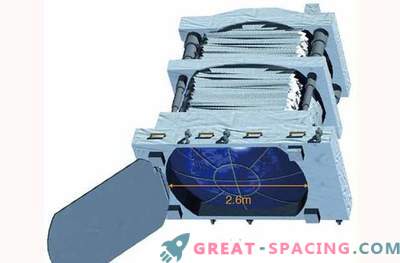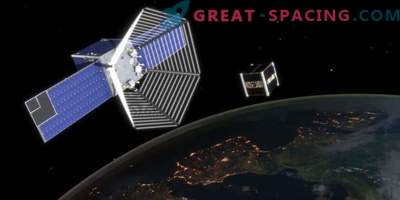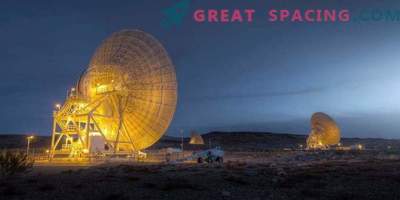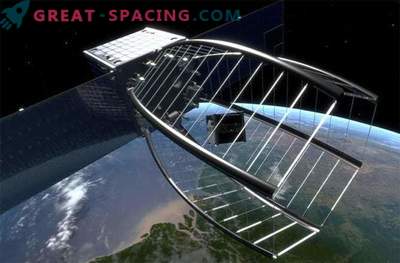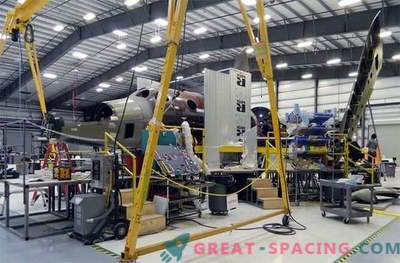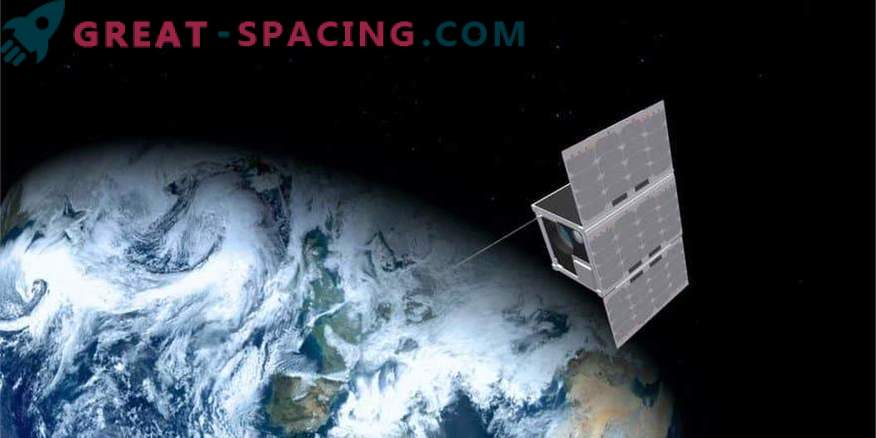
With each launch, low earth orbit is more and more like a dump. Non-functioning satellites, burnt rockets and thousands of fragments created during collisions - all this creates a threat to infrastructure in space. Therefore, researchers from Fraunhofer have created a new radar system and other technologies that guarantee the best protection for spacecraft from debris. Moreover, thanks to a flexible small satellite, they will make space launches more accessible.
With the new GESTRA radar, you can find objects and debris in near-earth orbit at a distance of up to 3000 km. The device is able to scan large areas of space around the clock. But the TIRA radar system will more accurately monitor the individual objects. In addition, TIRA has sensitive antennas capable of detecting objects with a size of several cm and more.
Vulnerability Analysis and Intelligent Design
If a collision with garbage is inevitable, then reliable materials and high-quality structures help to protect satellites from serious damage. New software PIRAT calculates whether the design of the satellite or individual components to resist the collision. To do this, PIRAT studies the flight path of a planned mission and the prevalence of particles in this area. The program allows you to predict the likelihood of failure, failure of specific parts, if a fragment breaks through the outer wall or the apparatus collides with a whole cloud of pieces.
A small satellite with a 3D component
Innovative technologies will not only secure flights, but also make them faster and more economical. Scientists have created a small satellite, featuring ease, reliability and versatility. This will reduce development costs and time. Surprisingly, small satellites can be combined into a kind of constellation, which allows you to provide services, such as global terrestrial coverage in high quality.
ERNST plan to launch into orbit in 2021. The device will be equipped with an infrared camera to monitor the Earth. Interestingly, the camera will be installed on a special bracket (optical bank), for the manufacture of which they used metal 3D printing technology. This method provides new and virtually unlimited design freedom and shorter production times.
